Please do not block ads on our site. Clicks on ads help us exist, grow and become more useful for you!
Calculation of Circulation Pump

Selection of Circulation Pumps
Pumps are selected based on their characteristic curve, which shows the relationship between the pump head and the flow rate of water. The operating point of the system is plotted on the pump characteristic curve, which is the intersection of the design flow rate and head. The operating point should be on or slightly above the pump characteristic curve and as close as possible to the point on the curve with the highest efficiency. If several pumps meet the specified characteristics, preference should be given to the pump with lower power. If the flow rate will be changing over a wide range, a pump with a flatter characteristic curve should be selected.
When selecting a circulation pump for a heating or hot water supply system, it is important to consider the possibility of hydraulic imbalances, which can result in poor water circulation in remote circulation loops. By choosing a pump with a margin for flow rate and head, it is possible to compensate for minor hydraulic imbalances. For heating systems, it is recommended to choose a pump with a 10-20% margin for head and a 20-30% margin for flow rate. However, it should be noted that if the flow rate increases by 1.3 times, the pressure drop in the system will increase by 1.7 times.
For heating systems with thermostatic radiator valves, a slight deficit in pump flow rate is acceptable due to the 10% increase in the surface area of heating devices and the non-linearity of the decrease in heat transfer of heating devices with changes in flow rate.
Circulation pumps with electronic frequency regulators allow for significant energy savings in systems with dynamic hydraulic regimes.
The noise characteristics of the pump are often the deciding factor when choosing circulation pumps for engineering systems in residential buildings. For pumps installed in spaces where people constantly reside or in adjacent spaces, pumps with wet rotors are recommended because they operate the most quietly.
Calculation of Circulation Pump
The water flow circulating in the heating system is proportional to the thermal load and inversely proportional to the temperature regime.
The water flow circulating in the hot water supply system is proportional to the thermal losses in the pipelines of the hot water supply system and inversely proportional to the temperature difference between the water entering and returning from the hot water supply system.
The head losses in the heating and hot water supply systems are determined by hydraulic calculation and must be indicated in the projects for the installation of these systems (usually ranging from 2 to 7 m).
When determining the pump head, the natural circulation pressure of the system should not be ignored, which arises due to the difference in the density of hot water entering the system and cold water leaving it. The magnitude of the natural pressure is positive if the water heating center is lower than the cooling center and negative if the heating center is higher than the cooling center.
During different periods of the heating season, the magnitude of the natural pressure varies and accordingly has a different effect. The influence of the natural pressure can be eliminated by installing automatic pressure drop regulators or flow regulators. The larger the proportion of natural pressure in the circulation head, the greater its effect.
Cavitation in a pump
Cavitation in a pump occurs when the water pressure drops to the saturation pressure. Cavitation is essentially the rapid formation and collapse of vapor bubbles, which results in hydraulic shocks on the pump impeller. Cavitation in a pump is accompanied not only by increased noise but also accelerates the process of its wear and tear.
To avoid cavitation in a pump, it is necessary to ensure that the pressure in the inlet pipe exceeds the saturation pressure. It should be noted that the saturation pressure depends on the temperature of the water, with lower temperatures resulting in lower saturation pressure.
Some manufacturers indicate the cavitation characteristic of the pump - NPHS - which is numerically equal to the minimum absolute pressure in the inlet pipe of the pump, at which cavitation-free operation is guaranteed.
question : comment : feedback
answer
 Online Equipment calculations
Online Equipment calculations
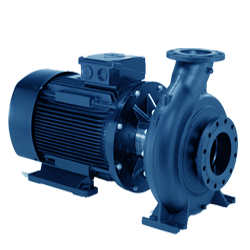
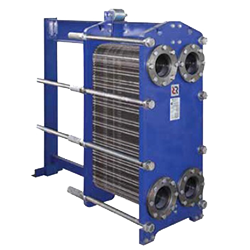
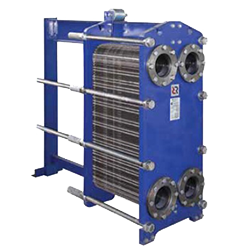
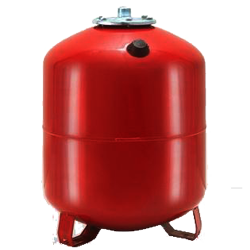

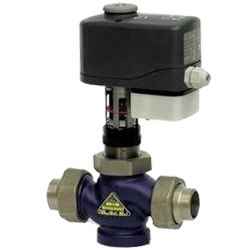


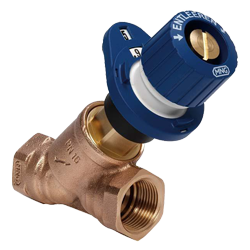




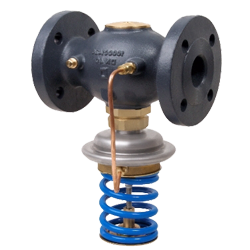
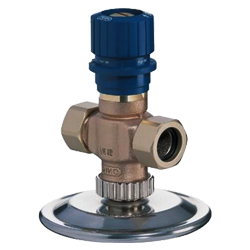
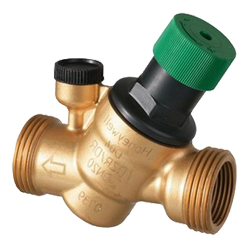


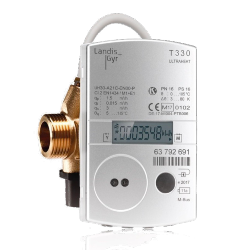
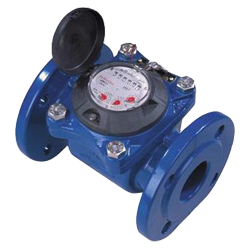

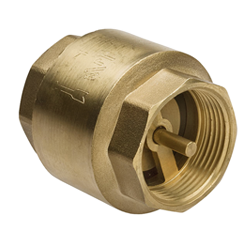
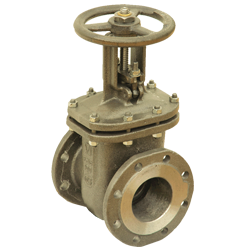

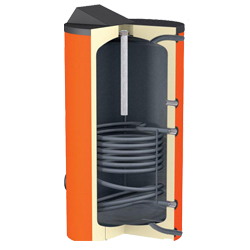

 EXAMPLE
EXAMPLE








